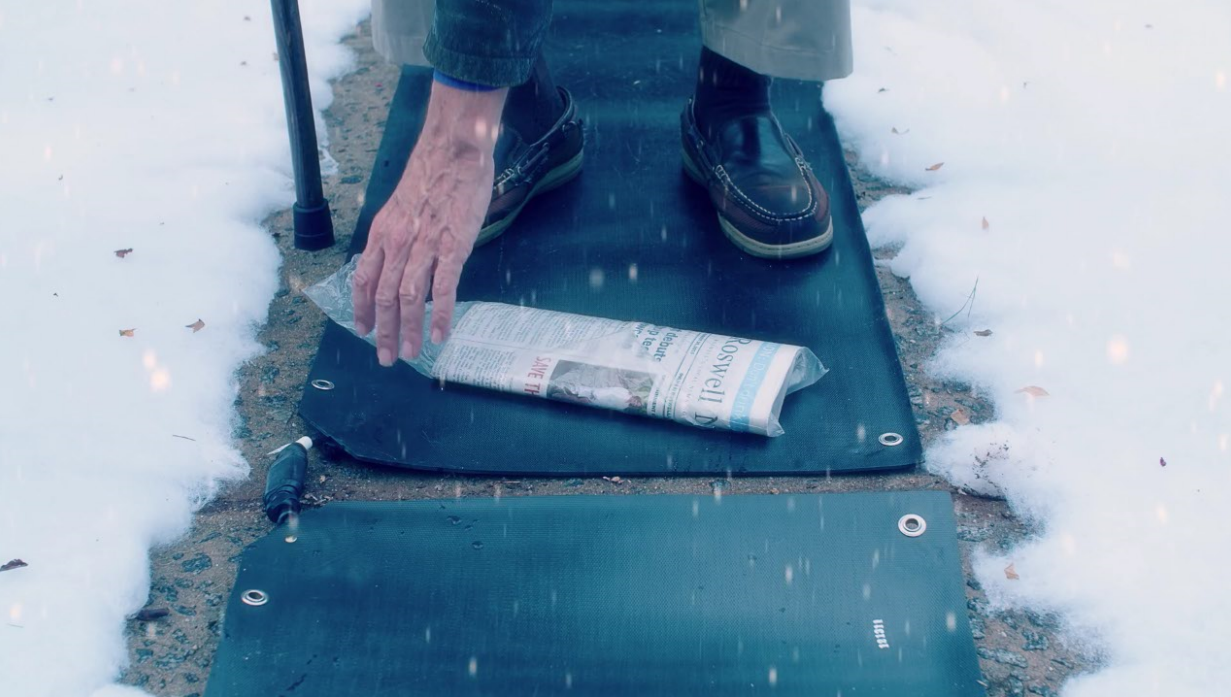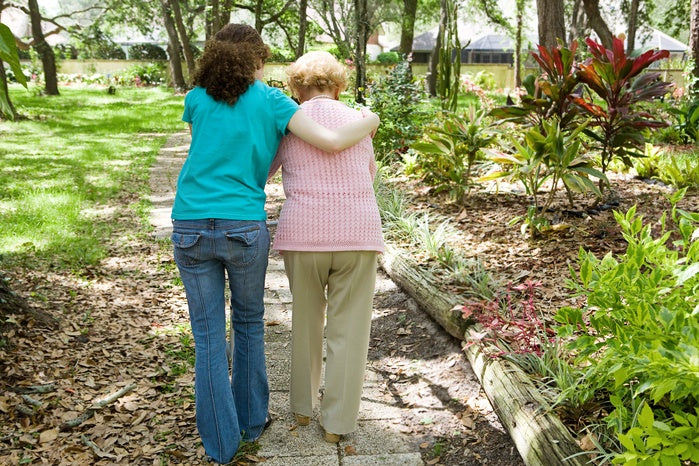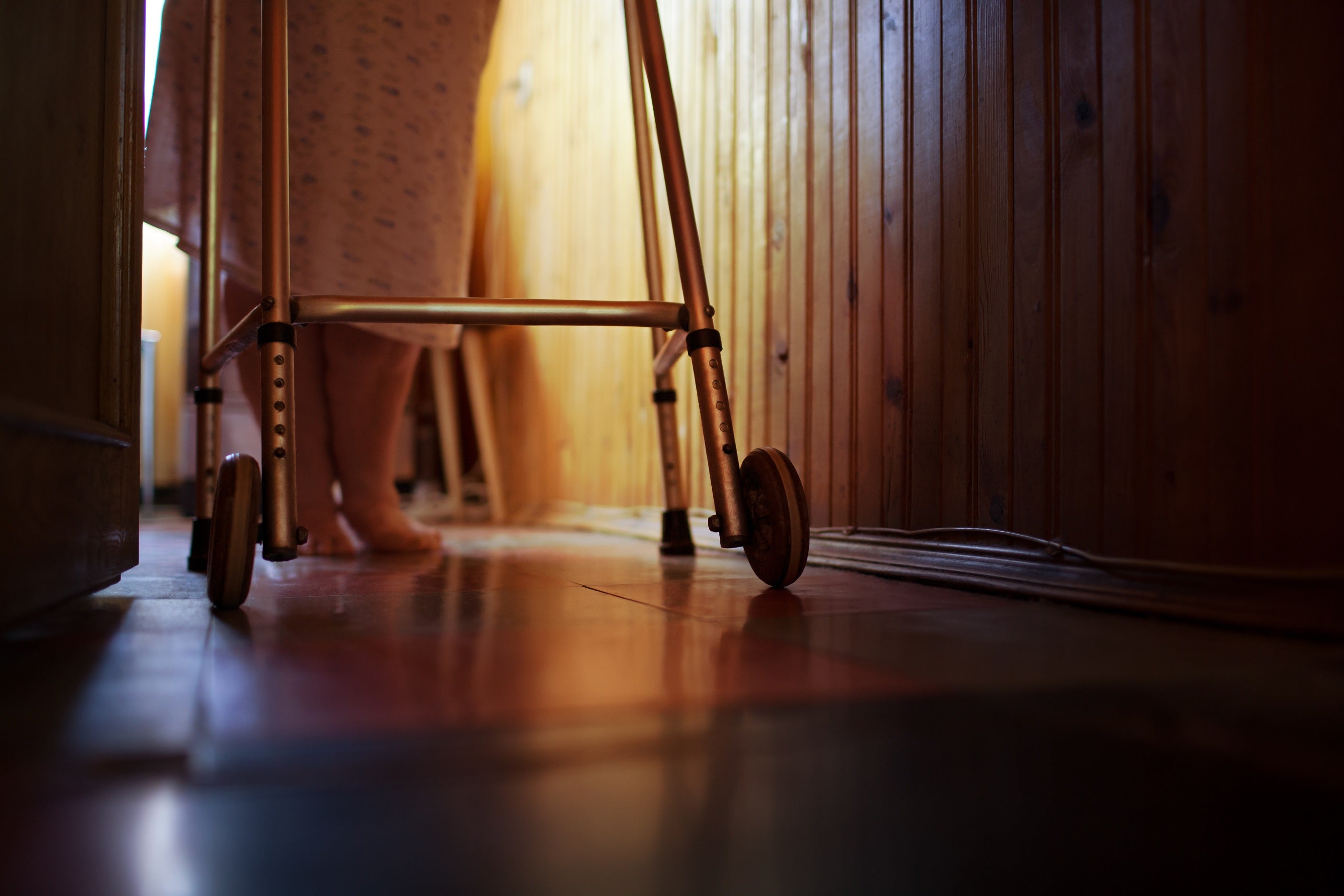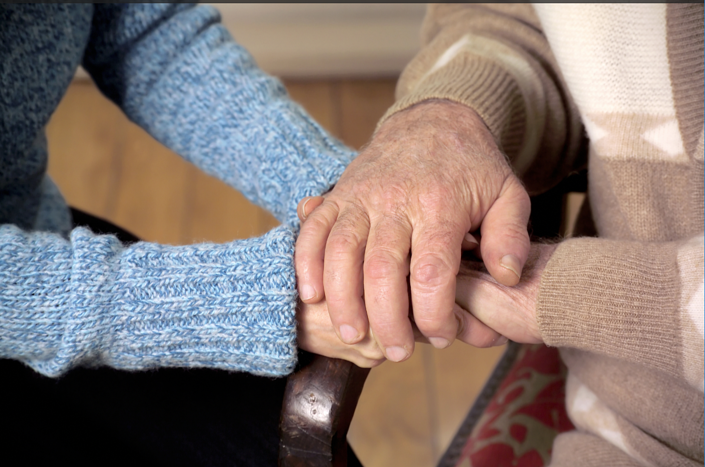- All posts
- Concrete
- Driveway
- electric heated mats
- Energy Efficiency
- Enjoy
- Hail
- Health
- Heated Driveways
- Heated Floor Mats
- Heated Mats
- Home Maintenance
- Ice
- ice dams
- Landscaping
- Liability
- Michigan
- Press + Praise
- Property Maintenance
- residential
- Roof
- Roofs
- safety
- salt
- Senior Safety
- Shoveling
- shovelling
- Slip and Fall
- Snow
- snow and ice management
- Snow and Ice Removal
- Snow Melting
- Snow Melting Mats
- Snow Removal
- Snow Removal Contractor
- Winter Car
- Winter Driving
- Winter Gardening
- winter prep
- Winter Safety

HeatTrak in Action: Our New Video!
The winter months are tricky to navigate for anyone, but the group that faces the most difficulty is unquestionably the elderly. They have an increased susceptibility to slipping and falling, and ...

6 Ways You Can Help Your Elderly Neighbors This Winter
Everyone living in a cold, northern climate zone, and even those residing in "mid-level states" like Colorado, Missouri, or Maryland, must deal with significant challenges every winter season. The ...

How To Prepare Your Elderly Parents for a Winter Storm
One of the most painful moments in a person’s life is when they realize they must submit to the ultimate role reversal and become their parents’ caretaker. Nagging calls switch directions and no l...

Top Winter Safety Tips for the Elderly to Keep in Mind
Every winter season brings in its wake a number of significantly increased health risks, particularly for elderly citizens. One recent study published in the international health and science journ...

5 Winter Safety Resources for the Elderly/Disabled Homeowner
According to the Centers for Disease Control and Prevention, slip-and-fall accidents are the leading cause of injury for those age 65 and older, with over a third in this group falling fatally or ...